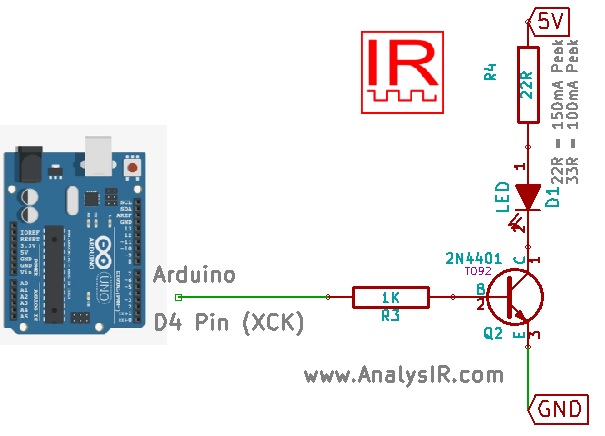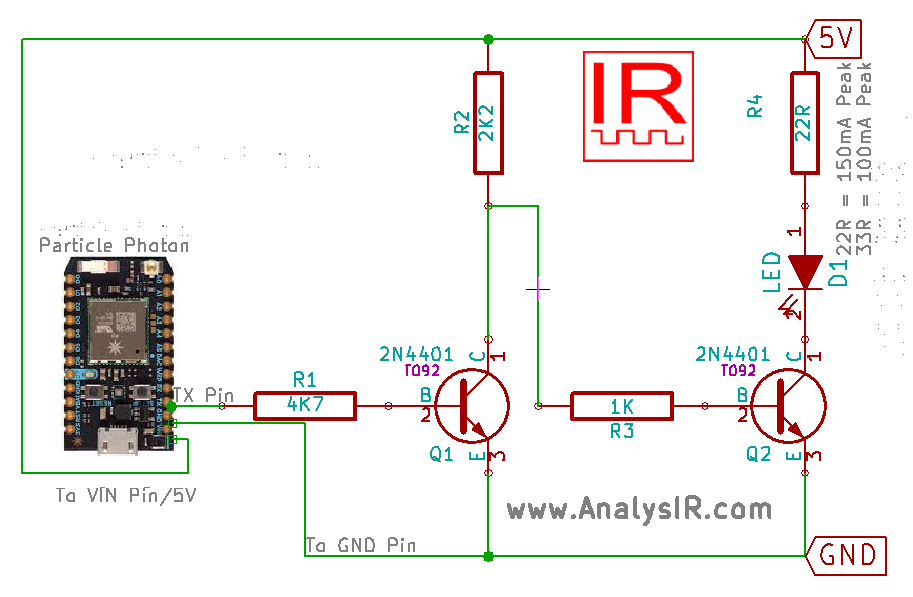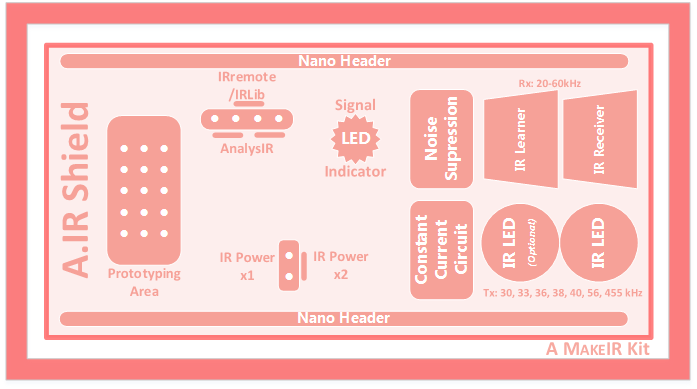In recent years we have responded to hundreds of supports requests on the Arduino Forum, GitHub and elsewhere for many recurring issues with IRremote – the library for Infrared remote control. As many of the issues are similar we decided it was time to develop a ‘IRremoteInfo a Helper utility for troubleshooting IRremote’ that will help users resolve their own issues or failing that, provide solid support information to those who are providing free support services. Today we release the first version of IRremoteInfo, which prints the settings for most of the relevant parameters within the IRremote library, in the hope that users seeking support can post or upload this information when seeking assistance on-line.

IRremoteInfo a Helper utility for troubleshooting IRremote
Continue reading IRremoteInfo a Helper utility for troubleshooting IRremote






